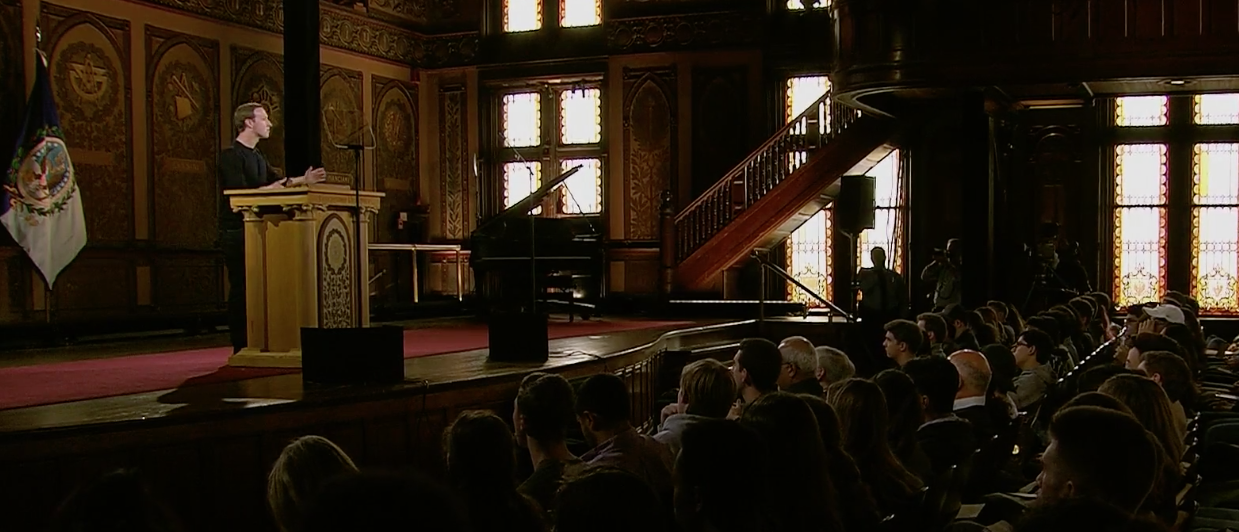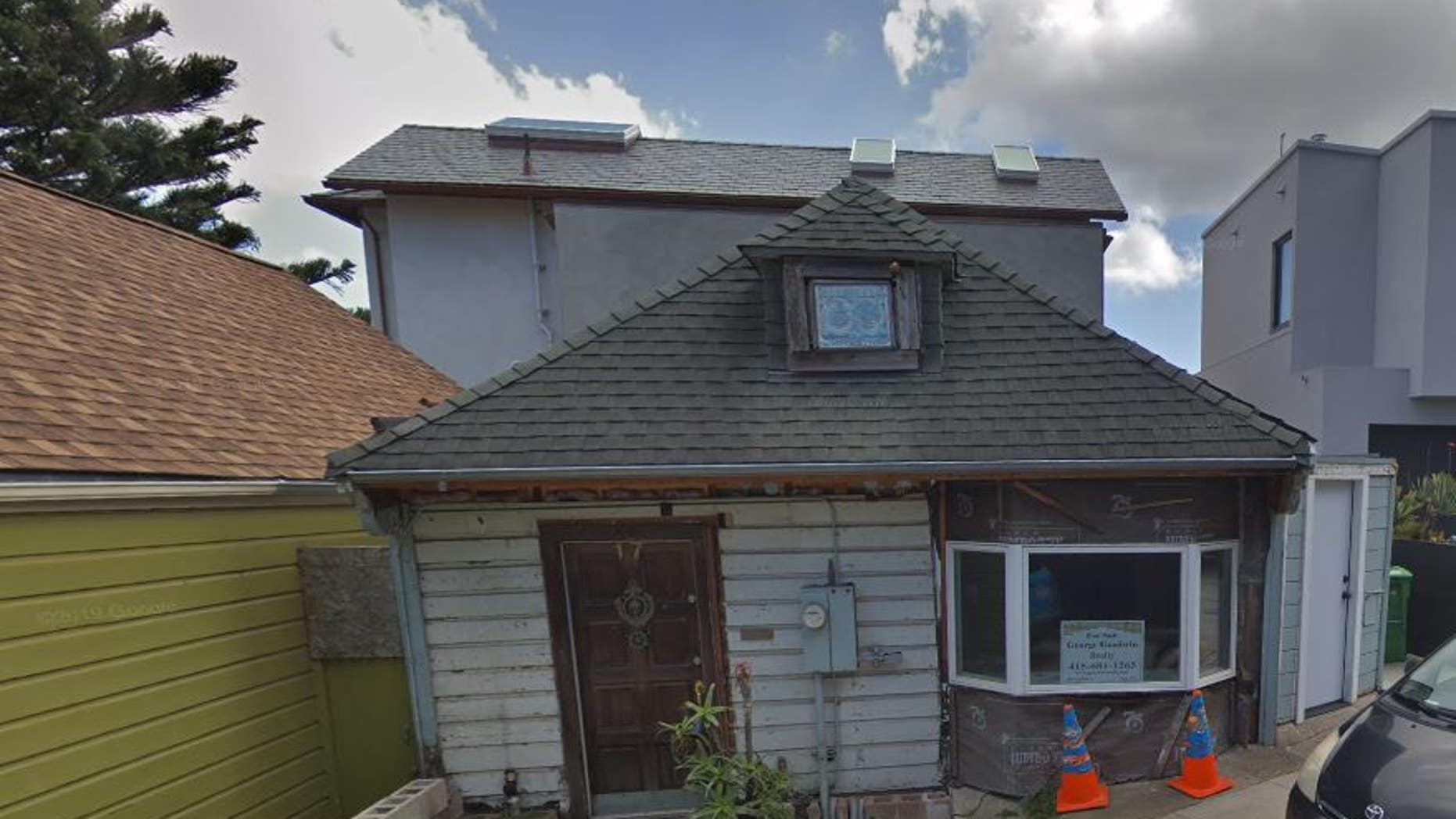THE Orionids meteor showers are one of a many fantastic planetary shows of a year.
But your plcae and a time we start to stargaze are critical. Here is a critical information to make certain we don’t skip it.
When is a Orionid meteor shower?
This year, Orionid meteors seem from Monday, Oct 2, by Nov 7, peaking between midnight and emergence on Oct 21 and 22.
The systematic materialisation gets a name from a Orion, a constellation that lies in a sky above a equator.
The meteors, compared with Halley’s Comet, start each year in October.
When a conditions of a night are right, dozens of sharpened stars can be seen descending from a sky.
How to watch a Orionid meteor showering
Eagle-eyed space geeks can observe a showering with a exposed eye, but a need for a telescope.
With all meteor showers however, transparent skies is key.
Therefore people are suggested to check with a Met Office for a latest continue reports and find out a best times.
It might be formidable to locate a glance of a fragments, as they customarily tumble quick and seem utterly gloomy in a sky.
Occasionally, a quite splendid meteor might fall, that could potentially be manifest even on a moonlit night.
The darker a plcae we visit, a brighter a meteors will seem in a sky.
It’s advisable to take a outing out of your city to find somewhere some-more remote.
This will forestall a knowledge from being busted by synthetic lights.
With meteor showers we contingency be prepared to wait, so star gazers are suggested to move something to lay or distortion down on.
If the Orionid has got we hooked, here’s when a subsequent meteor showers are due to tumble this year.
Happy stargazing.
What is a Orionid meteor shower?
Nasa dubs a Orionid meteor showering as “one of a many pleasing meteor showers of a year”.
Each hour about 20 meteors wizz by a skies, during speeds 148,000 mph, a Orionids are one of a many considerable events in a sky’s calendar.
It happens 60 miles adult in space, when a Earth moves by a cloud of thousands and thousands of space rocks that would be left behind by a famous Halley’s Comet.
Why is it called a Orionid meteor shower?
Looking to a sky from Earth, a meteors seem to come from a instruction of a Orion constellation, that is how they got their name.
Orion is one of a brightest and best-known constellations, containing dual of a 10 brightest stars in a sky Rigel and Betelgeuse.
It has been famous given ancient times and is also referred to as Hunter in Greek mythology.
How many meteors will there be?
The word “shower” suggests many meteors will tumble frequently, roughly imitative rain.
Despite this, a tangible rate that a astronomical matter falls from a sky is a lot reduction regular.
With a Orionids, about 10 to 20 meteors tumble from a sky per hour.
We compensate for your stories! Do we have a story for The Sun Online news team? Email us at or call . You can WhatsApp us on 0. We compensate for videos too. Click here to upload yours.















